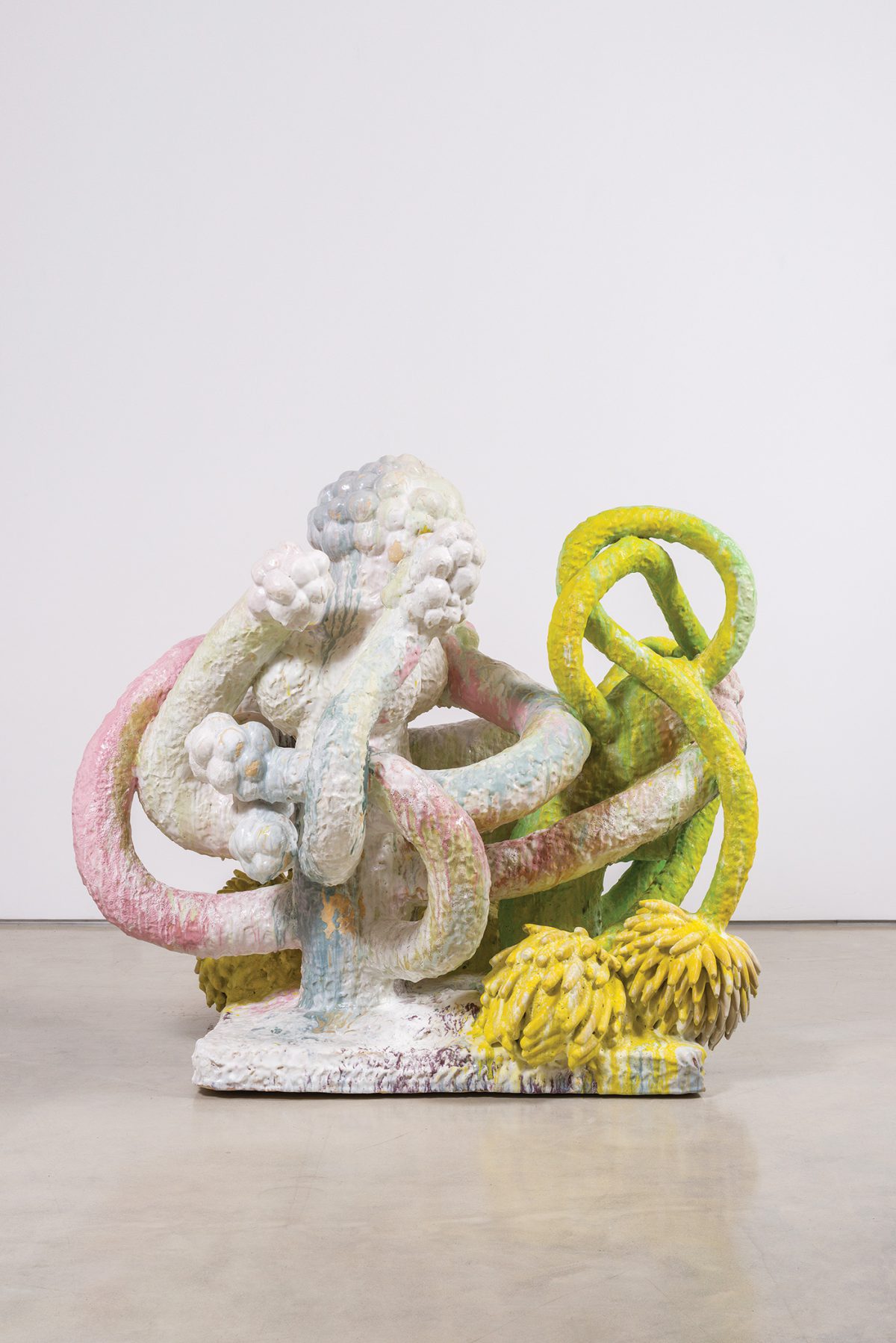About five years ago, irrepressibly exuberant design consultant Sean Yashar had one of those sparkling, brilliant ideas of breathtaking clarity and revolutionary potential, the kind so seismic they change not only a life, but an entire industry; the kind so often born when one asks the simplest of questions; the kind that start with “How come no one’s ever…?” and the answer, it turns out, is you’re the one.

Sean Bashar. Photo © Stephen Busken
“A designer,” said iconic architect Buckminster Fuller, is “an emerging synthesis of artist, inventor, mechanic, objective economist and evolutionary strategist.” The idea that independent designers, makers, and venues might benefit from the same kind of marketing representation, audience development, and promotional support as musicians, actors, writers, architects—and, increasingly, visual artists—have long relied on, may seem obvious now. But when Yashar founded his LA-based decorative arts branding and management company, The Culture Creative, in 2010, such a thing barely existed in the design industry. It’s still fairly rare.
Yashar grew up in LA, and he knew exactly how executive producers and agents and managers figured into the culture business. In the course of building his own independent practice as an interior design professional, he had occasion to interact with patrons, clients, consumers, media, designers and fabricators, buyers, curators, and event producers, but hardly ever at the same time. These interdependent islands in the decorative arts archipelago were accustomed to operating hermetically; forcing design consultants like Yashar to practice an unwieldy shuttle diplomacy that he sensed was blocking the free flow of ideas, obstructing rather than facilitating communication between artists and audiences. At a certain point, he found himself wondering, how come no one’s out there identifying and advocating for emerging talent? We have the makers, we have the patrons, we have the world’s attention. How come no one has been able to bring them together? LA is already an international creative hub, in other words, and Yashar realized it was time we started acting like it.
From the start, The Culture Creative was more than a practical matter of streamlining logistics. It was about opening lines of communication. By connecting dots between interested parties, Yashar built a client roster that became its own community, with the combined resources to cultivate ideas at every stage, from inception to completion to appreciation and placement. Depending on the circumstances, Yashar’s clients can do everything you can think of and stuff you didn’t even know you needed, from ad campaigns to licensing agreements, brand identity, deal brokering, collaboration, sponsorship, commission wrangling, cross-platform media strategy, event planning, industry networking, product launching, and website design. As Yashar sees it, “everything I do is connected through a common thread,” and his roster of clients and projects reflect his eclectic ambitions.
From young talents he can discover and support as they develop their voices to established figures who are ready to go to the next level; from stores, showrooms, museums and galleries to trade summits and entire neighborhoods, Yashar is basically the world’s most elegant incarnation of “a guy who knows a guy.” All of this has made him a bit of a wunderkind among design-world insiders. But to the general public, he’s probably best known for his role as programming director for the La Cienega Design Quarter’s annual design event LEGENDS and for branding as well as co-creating (with Darren Gold) the West Hollywood Design District’s DIEM (Design Intersects Everything Made) festival. After DIEM’s wildly popular inaugural edition in 2012, its unique template of discussions, exhibitions, tours, and interdisciplinary mixers has been thriving under the leadership of luminaries like Frances Anderton and Mallery Roberts Morgan. Yashar could not be happier. “The spirit of what we envisioned is flourishing,” he enthuses. “I’m very proud.”
In contrast to such large-scale projects, Yashar has unveiled AUX (pronounced “auxiliary”), The Culture Creative’s in-house production wing, with the goal of promoting experimental design, art, and craft through the release of original limited editions, often as an accessible way of introducing emerging designers directly to new audiences. For example, AUX’s second release is Devices, an edition of 39 unique sculptures by Sean Brian McDonald, composed of mysterious, vaguely geological objects made of cotton, silk, chiffon, paper, Styrofoam, and enamel whose contours and heft mimic smartphones but are completely functionless. Unless, like Yashar, you regard disrupting assumptions, shifting the quality of attention paid to ordinary things, using the language of design to generate meaningful personal experiences, and offering wry social commentary as “functions.”
“I think of my office as a creative space,” says Yashar. “I love working with clients; helping them realize their vision is so rewarding. And there’s always an opportunity to educate my clientele, to expand their awareness of what is possible. But ultimately that process is about parameters and compromise. At AUX I can do whatever I want. Working on direct creative collaborations with my artists is personally very fulfilling, and I deeply appreciate having both avenues to express what I’m about.” What he’s really about, at heart, is being interested in the stories we tell ourselves through the things that surround us. As Bauhaus founder Walter Gropius once remarked, “Our guiding principle was that design is neither an intellectual nor a material affair, but simply an integral part of the stuff of life, necessary for everyone in a civilized society.”












